Bubbling pools of hot and healing water in a breathtaking setting, with jumps in altitude, terraces sloping down into greenery, fountains, colonnades, water games.
In San Casciano dei Bagni in Tuscany,
a small village in the province of Siena that still counts a lot on thermal tourism today, archaeologists have been engaged for three years in an excavation that has already made headlines with the discovery of a large tub, votive objects , altars dedicated to the gods, even a bas-relief with the image of a large bull and a splendid bronze putto, a masterpiece of the Hellenistic age.
But the real surprise, archaeologist Jacopo Tabolli told ANSA,
has arrived in recent weeks with the discovery of the real dimensions of the sanctuary, which had belonged to the Etruscans and which the Romans in the first centuries of the empire wanted to re-establish, making it monumental.
A sacred treasure in the Roman baths, an exceptional discovery in San Casciano
Exceptional to the point of ordering at the mint
the minting of a treasure of sparkling coins in silver, orichalcum and bronze
extinguished perhaps precisely at the emperor's offerings, to honor those gods who had to watch over his health and that of the many Roman notables ready to make the journey to this sacred place.
"A context without equal in Italy and in the ancient Mediterranean",
underlines passionate Tabolli, who teaches at the University of foreigners in Siena and here leads the project from the very beginning, promoted by the municipality with the grant of the ministry of culture and carried out together with Emanuele Mariotti, director of the excavation, Ada Salvi of the superintendence as well as Italian and international universities.
THE UTERUS, THE PENIS, THE LEG
An exceptional discovery, he explains, "for the dimensions of the sanctuary area, much larger than we could imagine,
with several sacred buildings, altars, swimming pools".
The shots from above with the succession of marbles, structures, and tanks of all shapes and sizes emerging from the mud, are exciting.
But what is also surprising is the quality and rarity of the treasure of objects that have emerged in these last weeks of excavation.
Most important, Tabolli says, is perhaps
a jaw-dropping bronze uterus
which dates back to the years between the end of the Republic and the beginning of the Roman Empire: "In Etruscan and then Roman sanctuaries dedicated to fertility it is common to find uteri in terracotta, in bronze they are very rare", explains the professor.
In spite of the scorching temperatures, every day of this construction site was at a high rate of adrenaline, "with continuous discoveries", he says, from an incredible
bronze ear
of the very first years of the empire that a certain Aulus Nonnius had dedicated to the gods to thank them of healing, in a leg and even
a very rare penis
, always in bronze.
Without counting the coins: "over three thousand and all freshly minted" as documented by Giacomo Pardini, an expert at the University of Salerno.
"Leave the mint of Rome and immediately take to San Casciano to honor the sacredness of the place and most likely its founding moments", Tabolli reasons.
Wonders to which are added splendid altars carved in local travertine.
SOON A MUSEUM TO WELCOME THE TREASURE
The Minister of Culture Franceschini applauds
: "A truly exceptional discovery that confirms the importance of this excavation and the excellent work carried out in recent years", comments to ANSA while
the museum director, Massimo Osanna announces that there are already funds for to give life in San Casciano to a museum
entirely dedicated to the discoveries of the Bagno Grande: "We will open it in a sixteenth-century building in the historic center - anticipates Osanna - to set it up with the finds already excavated and those that will arrive".
San Casciano
FROM ETRUSCANS TO DOCTORS
In fact, the work of the last excavation campaign, the seventh, as usual carried out involving crowds of students, has shed new light on some phases of the history of this incredible sanctuary, also frequented during the Medici era, so much so that
Federico Borromeo
- yes, the cardinal that we all remember from the Promessi Sposi - came here twice in 1600 and then in 1601 to cure a very painful and mysterious "cheek ache".
"We are recovering what remains of the portico built in the 16th century by the Medici", who then moved the spa to the Fonteverde area, two kilometers from the ancient sanctuary, explains the archaeologist.
Meanwhile, evidence has been found of a dramatic collapse that involved the Bagno Grande area in the last years of the 3rd century AD, when a chasm more than two meters deep opened in the ground which caused almost everything to sink, basins, buildings, colonnades.
The Romans tried to remedy the disaster by starting a mighty restoration operation and interpreted that devastation as a prodigium,
a signal sent by the gods.
"Right here in the heart of the chasm - Tabolli points out - they raised a new altar and on the rubble they built a new small tank complete with steps to make diving easier".
A determination that speaks volumes about the charm of a place loved and frequented for more than two thousand years.
And that in autumn, with the resumption of excavations, it could still reserve who knows what surprises.

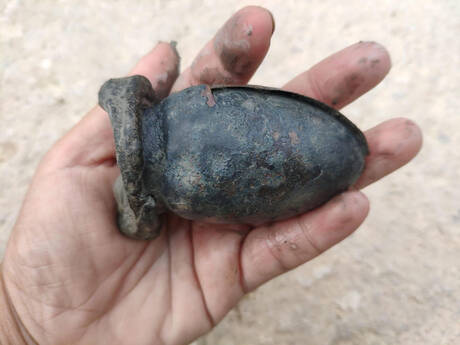

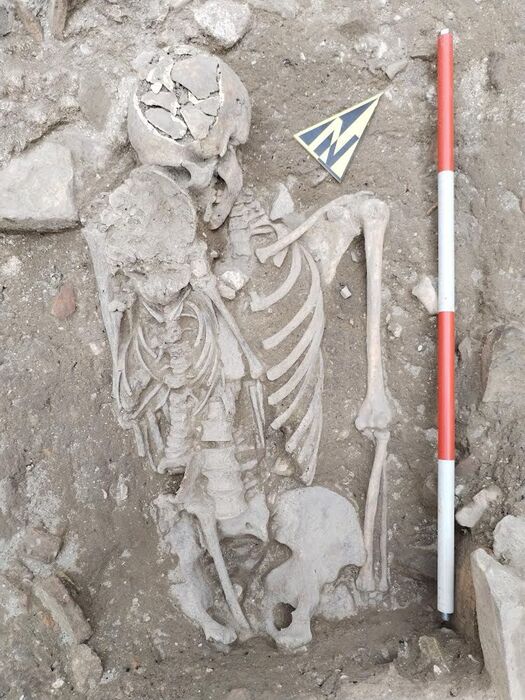
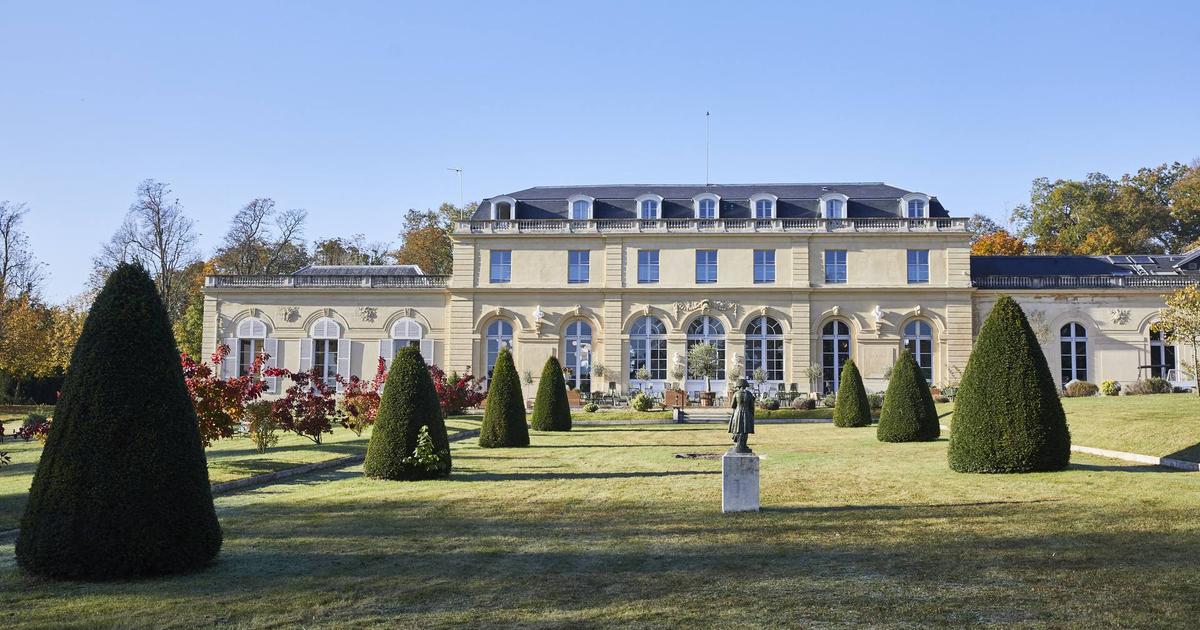

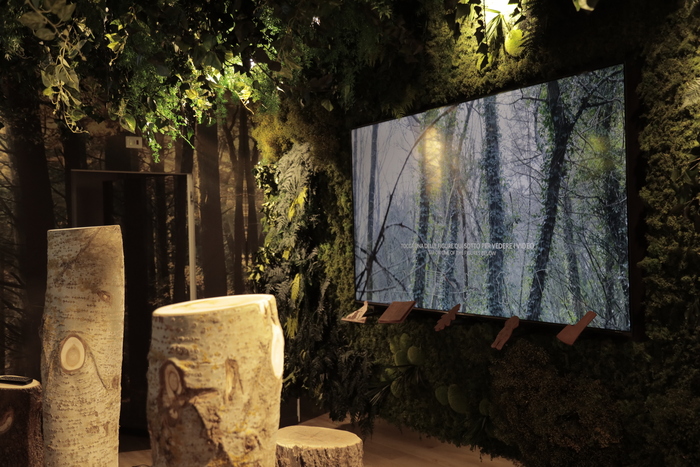
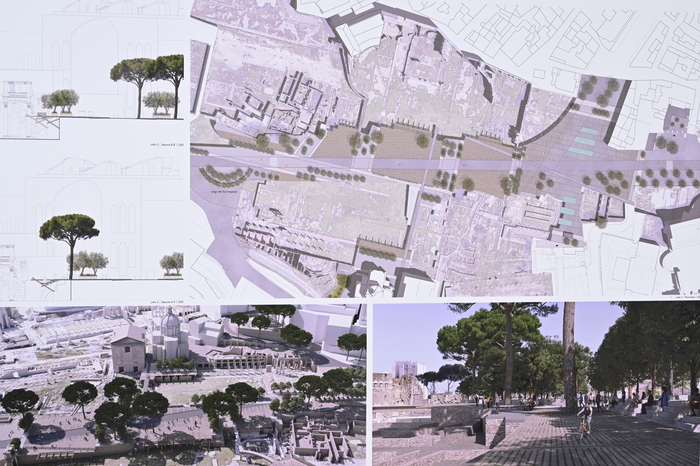


/cloudfront-eu-central-1.images.arcpublishing.com/prisa/S7ERVSCT4FUVX6R7TUVBDNTH5Y.jpg)


